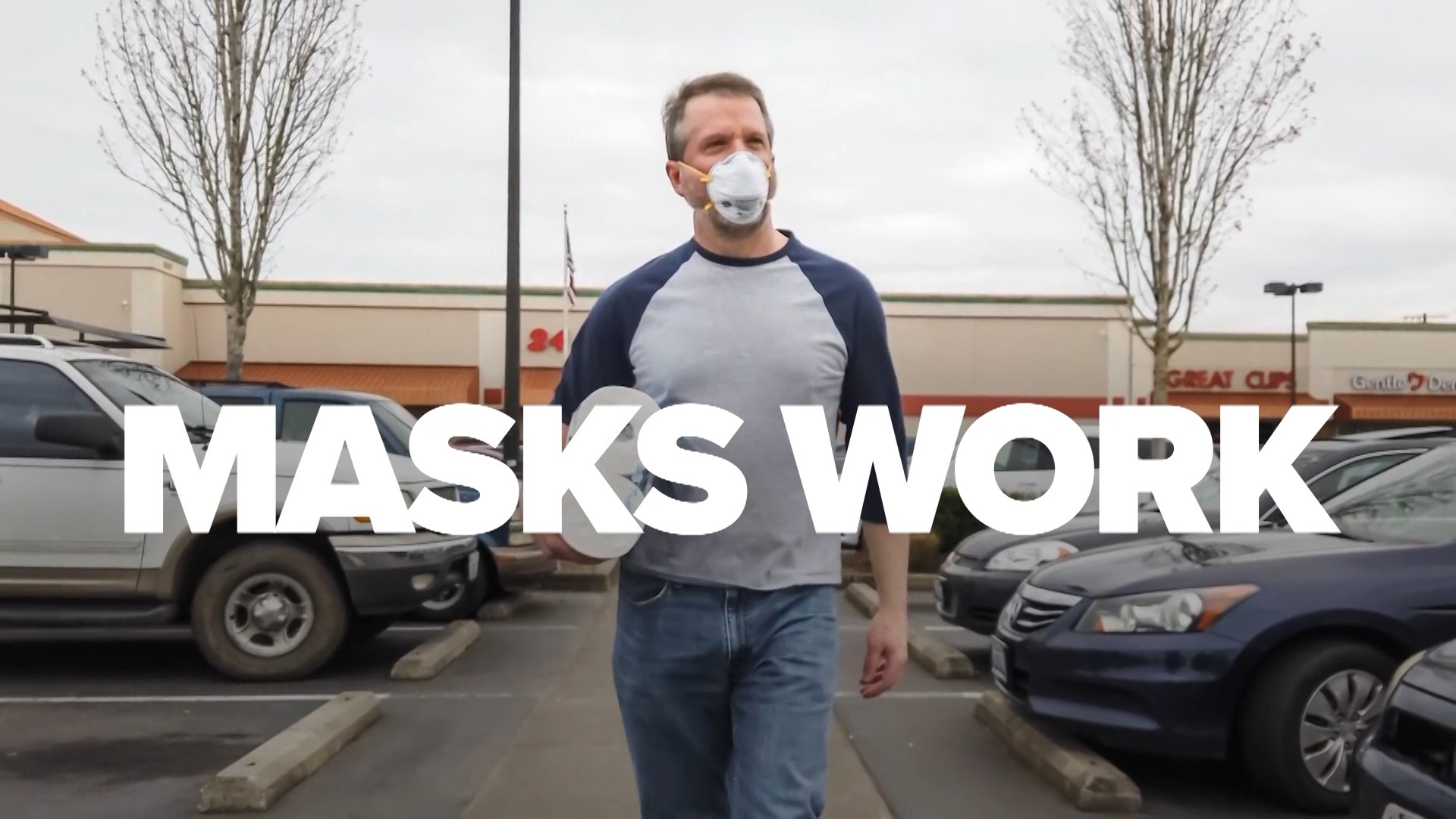A COVID-19 model cited by the White House early in the coronavirus pandemic has been giving monthly projections of many cases there will be in the U.S. and how many deaths. While it provides a range of where the number of fatalities will fall, a look back as far as March shows it has underestimated the exact number throughout the crisis.
The Institute for Health Metrics and Evaluation at the University of Washington says its model is meant to help guide government officials as they make policy decisions about dealing with COVID-19. Its projections look at three scenarios: Near-universal mask use (95% compliance); no changes to current mitigation tactics (currently at 45% mask compliance); and a reduction in mitigation efforts.
“Our estimated trajectory of COVID-19 deaths assumes continued and uninterrupted vigilance by the general public, hospital and health workers, and government agencies,” IHME director Dr. Christopher Murray said in March about the pandemic.
IHME says it uses a hybrid modeling approach that is "grounded primarily in real-time data instead of assumptions about how the disease will spread."
Here is a look at what IHME's forecasts of COVID-19 deaths have said and what the real number turned out to be. The first number in each of these scenarios is the predicted number of deaths. The numbers in parentheses are the range IHME expected based on possible best-case and worst-case scenarios.
March 26 projection: 81,000 U.S. deaths "over the next four months" (Range: 38,000 - 162,000). At the time of this prediction, 1,761 people in the U.S. had died. Four months later, on July 26, there were 147,033 confirmed U.S. deaths related to COVID-19, according to IHME.
May 4 projection: 134,475 deaths by early August (Range: 95,092 to 242,890). There were 153,209 confirmed U.S. deaths related to COVID-19 on August 1, according to IHME.
June 11 projection: 169,980 U.S. deaths by October 1 (Range: 133,201 - 290,222). According to Johns Hopkins University, the U.S already passed that with 189,557 deaths as of September 8. That was with 23 days to go until October 1.
July 7 projection: 200,000 U.S. deaths by November 1 (Range: 186,087 to 244,541). The U.S. was 10,443 deaths from that mark as of September 8, with still nearly two months to go.
August 6 projection: 295,011 U.S. deaths by December 1 (228,271 with universal mask use). The U.S. would have to average 1,256 COVID-19 deaths per day to hit that mark.
September 3 projection: 410,451 U.S. deaths by January 1, 2021 (Range: 347,551 – 515,272). That's more than double the current number of deaths in the U.S.
TEGNA reached out to IHME Tuesday for comment on why the exact projections have been underestimated. A response was not received at the time this article was published Wednesday.
Why aren't the numbers for models like this generally exact? Epidemiologist Caroline Buckee and PhD student Inga Holmdahl wrote in July that three factors are in play: uncertainty about immunity; how infectious or immune COVID-19 patients who have no symptoms are; and contact rates between susceptible and infectious people.
"Model accuracy is constrained by our knowledge of the virus, however. With an emerging disease such as COVID-19, many biologic features of transmission are hard to measure and remain unknown. The most obvious source of uncertainty, affecting all models, is that we don't know how many people are, or have been, infected," Buckee and Holmdahl wrote in the New England Journal of Medicine.

